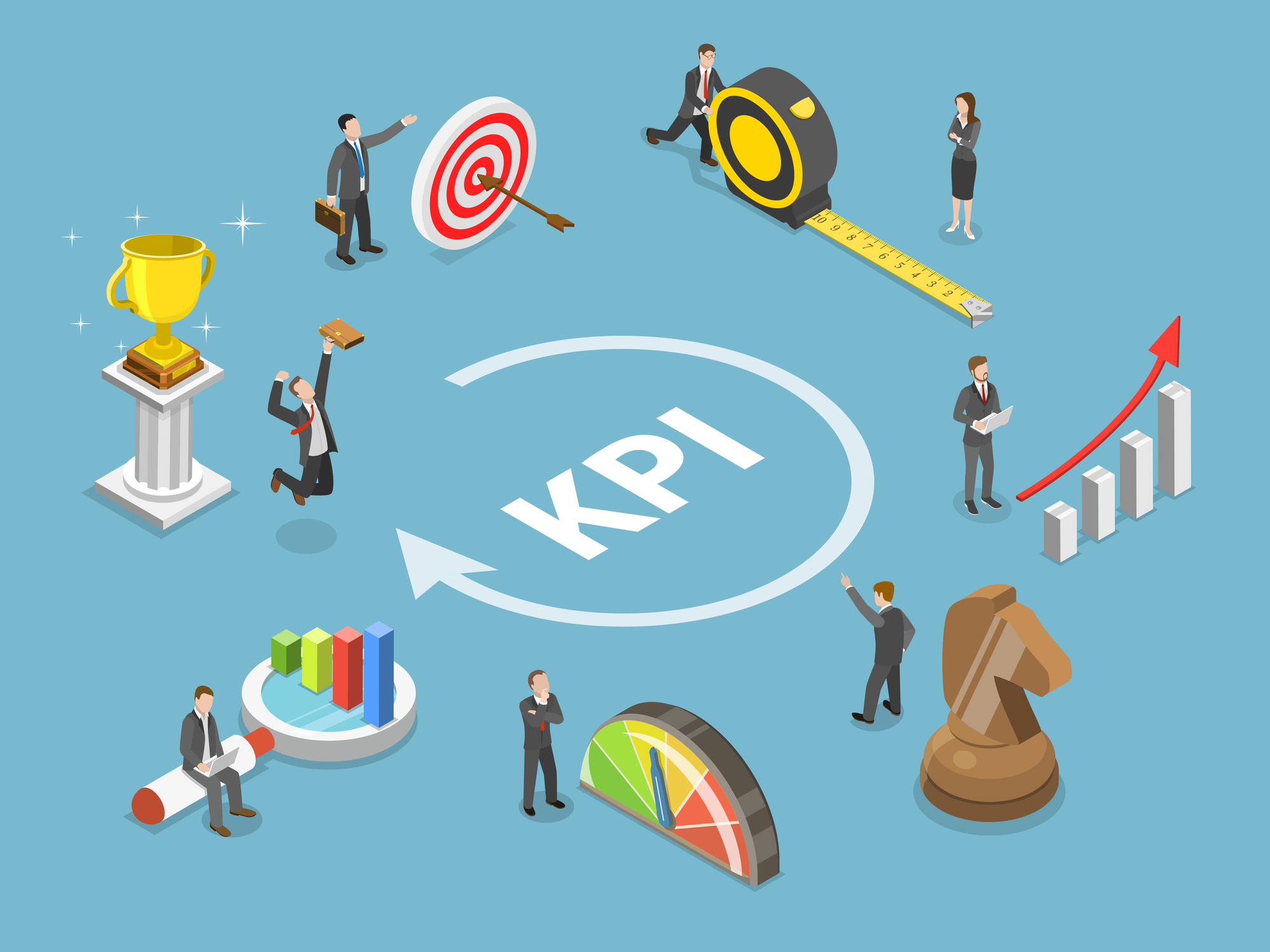Focus on These 3 KPIs to Move the Senior Living Sales Needle
Key Performance Indicators – KPIs. This practice of measuring performance in business has been around in one form or another for a long time. Depending on who you ask, KPIs have been around possibly as far back as the third century A.D. in China! They’ve only become mainstream for most of us in sales in the past decade or so. (Aren’t quite sure what a KPI is? Check out this great blog, “What is a KPI?” by Monday.com.)
If you’re like most sales professionals you’ve not only heard of KPIs but are probably being measured by at least a dozen of them. In some extreme examples, you might be dealing with dozens of KPIs. Don’t get us wrong, we firmly believe in the value of measuring performance through collecting and analyzing data. For the sake of salespeople in senior living communities though, focusing on a manageable 3 KPIs daily can contribute to desired occupancy growth.
3 Senior Living Sales KPIs That Move the Needle
Lead Source Analysis
Leads for prospective senior living residents come to us from a variety of sources: our website, any of the many digital marketing channels, word of mouth, professional referral sources, current residents, friends and families of residents and staff, events, and paid lead aggregators.
The KPI to track here has two parts: the conversion rate of leads to tours for each lead source, and the conversion rate of leads to move-ins for each lead source.
Why track referrals by lead source? Because a) it helps you know which sources are the most productive and should be prioritized; b) it helps to determine acquisition cost per lead, per tour and per move-in and c) helps in allocating marketing budget spend.
Number of Tours
It’s no secret that prospects typically don’t decide to move to your community unless they tour it first. Reaching move-in goals first depends on prospect tours. How many tours do you need to reach your move-in goals? Glad you asked…
Tour to Move-In Conversion
As we said above, move-ins don’t happen without tours. To determine how many tours need to be conducted to produce a move-in, the tour to move-in conversion is the KPI you want to measure.
To set your target tour to move-in conversion, first look at the trailing 12 months of data for tours and move-ins. Divide move-ins by tours to determine your actual conversion rate. Were 20 move-ins the result of 100 tours? That’s a 20% tour to move-in conversion. An optimal tour to move-in conversion goal might be 35% depending on the level of care. If you’re not hitting your optimal conversion, look at factors such as tour planning, the customer tour experience, closing skills, and follow up.
Start by setting a number of tours needed per community per month. 20 tours converting at 20% is 4 move-ins, converting at 25%, 5 move-ins. Smaller communities may not have the traffic to support 20 tours. Work it backward by starting with the number of move-ins needed.
KPIs are great for measuring progress and making business decisions, but don’t allow yourself to be overwhelmed by watching too many at once. By minding the 3 KPIs mentioned above, senior living salespeople can remain focused on selling, keeping it as simple as possible, and at the same time be aware of the bigger sales picture.
Ready to take your senior living sales success to a new level by elevating your sales leaders? Grow Your Occupancy provides the sales coaching, accountability coaching, and sales-skill coaching essential to fill that important role. Learn more about Grow Your Occupancy’s sales coaching and training here. Or book your free 30-minute consultation today.


